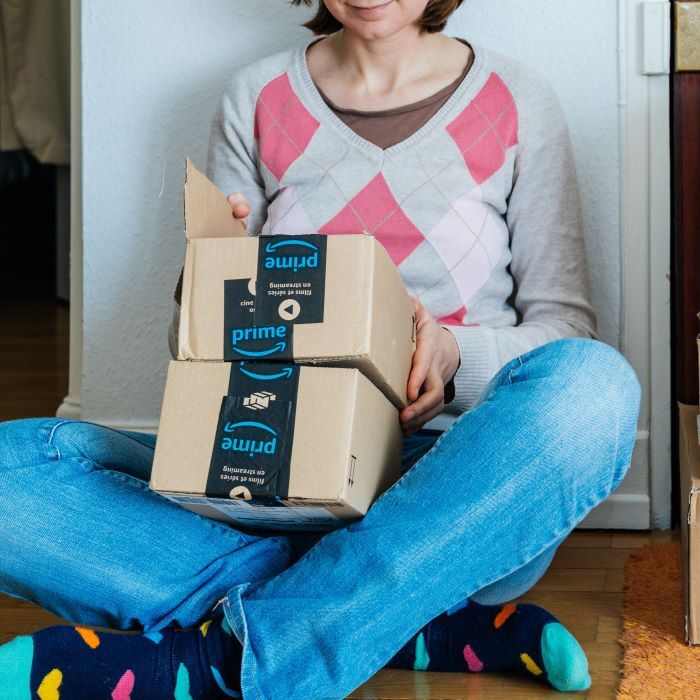Why YSK: Online platforms, particularly some very prominent offenders, may artificially spike prices before creating “discounts”. Whether this is intentional or the result of third party sellers fighting amongst themselves, I cannot say. Either way, don’t blindly purchase something because of a deal (camelcamelcamel is great to see price history if you just care about Amazon). Besides, if your sole motivation to purchase something is based on a discount, you might be better off cutting consumption instead.
Source: I run fetchnotifs. While checking the logs this morning, I was scared to death I deployed a bug to production—Nope, it’s just that day of the year.



This is not new or specific to online retailers. I worked in retail for almost a decade before gettinng out.
On most products that don’t have strict pricing guidelines from the manufacturer, prices can very wildly. Normal pricing would be a marked down price. When big sale would come, the tag price would go from the Minimum Advertised Price (MAP) up to Manufacturer Suggested Retail Price (MSRP). Those prices are set by the manufacturer. The price printed on tags is MSRP. It is full price and is usually marked up quite a lot. With high end brands, MSRP is usually a lot higher than what MAP is. With brands like The Northface it can be $100 or more.
When a retailer runs a “big sale” they often put everything back up to full MSRP then mark it back down whatever percentage off they are offering.
Sometimes I would wait for a product to go on sale so I could get my employee discount plus sale price. There were many times when a huge sale plus my discount ended up being the same price or more than what the every day price was.